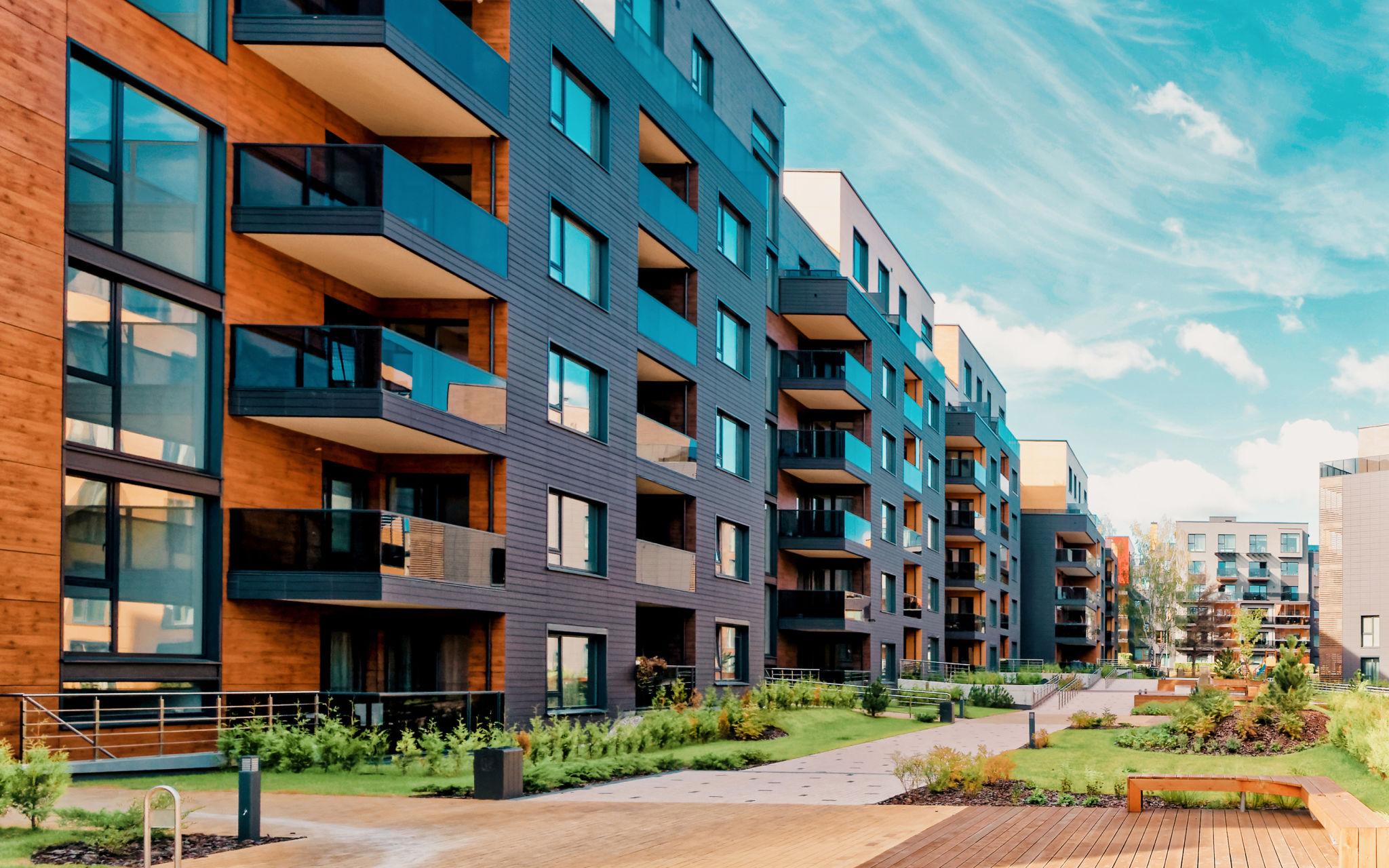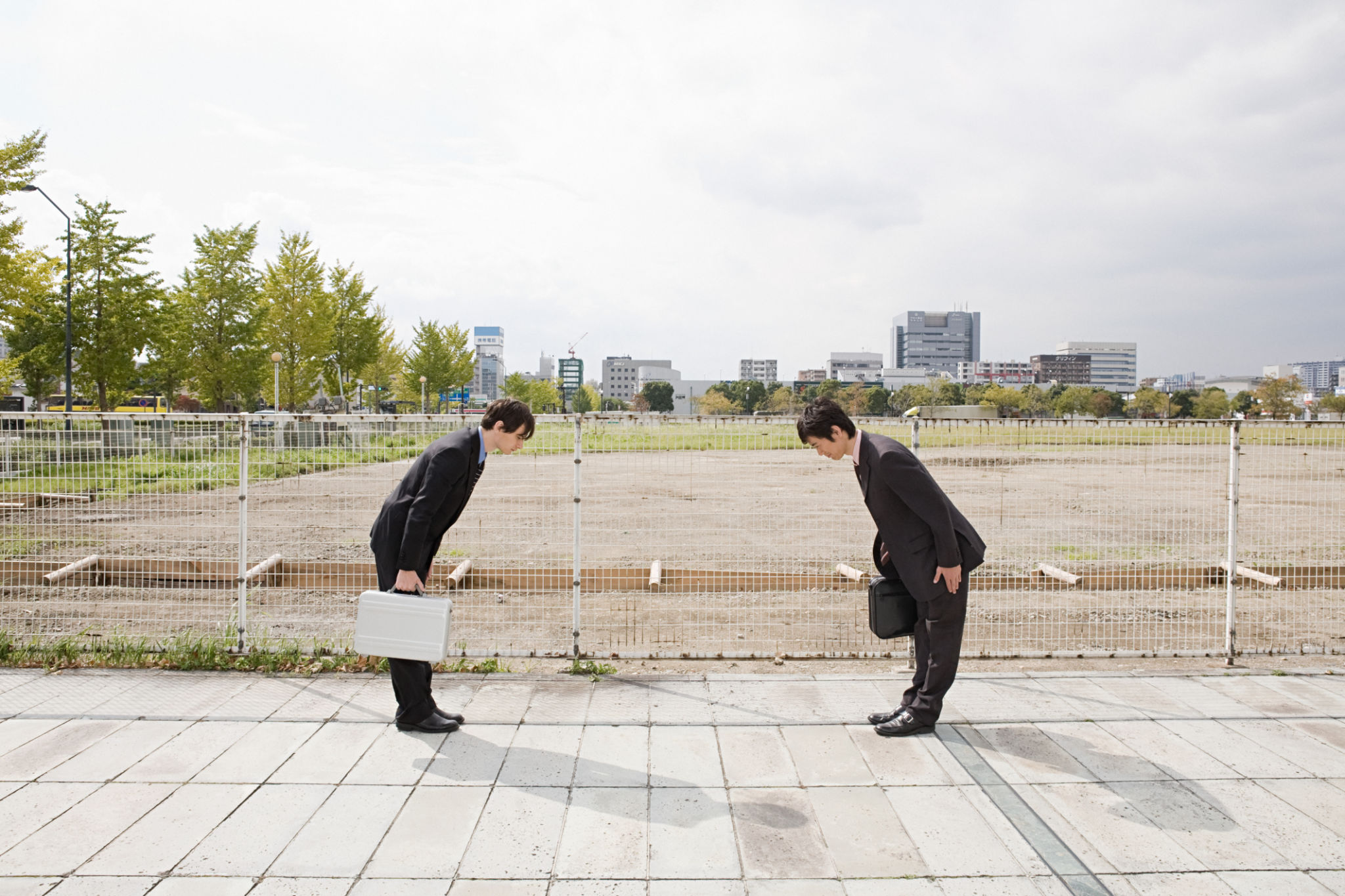Case Study: Transforming a Derelict Site into a Thriving Business Hub
Introduction
Transforming a derelict site into a bustling business hub is no small feat. It requires vision, planning, and the collaborative effort of various stakeholders. In this case study, we will explore how an abandoned industrial area was successfully converted into a thriving center for businesses, providing economic growth and community revitalization.

Identifying Potential
The journey began with identifying the potential of a neglected site. Located in a strategic area with excellent transport links, the site had been overlooked for years. Urban developers saw an opportunity to rejuvenate the space, focusing on its ability to attract businesses and contribute to the local economy.
Key to this transformation was understanding the needs of local businesses and the community. By conducting surveys and engaging with stakeholders, developers outlined a plan that would cater to diverse industries while enhancing the area's appeal.
Collaboration and Planning
The next step involved assembling a team of experts, including architects, urban planners, and environmental consultants. Their task was to create a blueprint that balanced modern infrastructure with sustainable practices. This collaborative approach ensured that the development would be both innovative and environmentally friendly.

Designing the Business Hub
With a clear plan in place, the design phase focused on creating flexible workspaces that could accommodate businesses of various sizes. The hub was designed to include open-plan offices, coworking spaces, and conference facilities, providing an ideal environment for startups and established companies alike.
Incorporating green spaces and communal areas was also a priority. This not only enhanced the aesthetic appeal but also promoted a sense of community among tenants. The inclusion of cafes and retail outlets added further value, making the hub an attractive destination for tenants and visitors.
Overcoming Challenges
As with any major project, there were challenges to overcome. Environmental concerns were addressed by implementing cutting-edge waste management systems and utilizing renewable energy sources. Additionally, developers worked closely with local authorities to ensure compliance with zoning regulations and secure necessary permits.

The Impact on the Community
The transformation had a significant impact on the local community. The business hub not only provided job opportunities but also attracted new investments to the area. Local businesses benefited from increased foot traffic, while residents enjoyed improved public amenities and transportation links.
Furthermore, the hub became a catalyst for further development in the surrounding areas, spurring additional projects that contributed to the overall economic growth of the region.
Success Factors
Several factors contributed to the success of this transformation:
- Strategic location: Proximity to transport links made it an attractive site for businesses.
- Community engagement: Understanding local needs ensured that the development met expectations.
- Sustainable practices: Emphasizing environmental responsibility attracted eco-conscious businesses.
Conclusion
The transformation of a derelict site into a thriving business hub is a testament to what can be achieved with vision and collaboration. This project not only revitalized an overlooked area but also demonstrated how strategic planning and community involvement can lead to sustainable economic growth. As more cities look to redevelop similar sites, this case study serves as an inspiring example of urban regeneration done right.